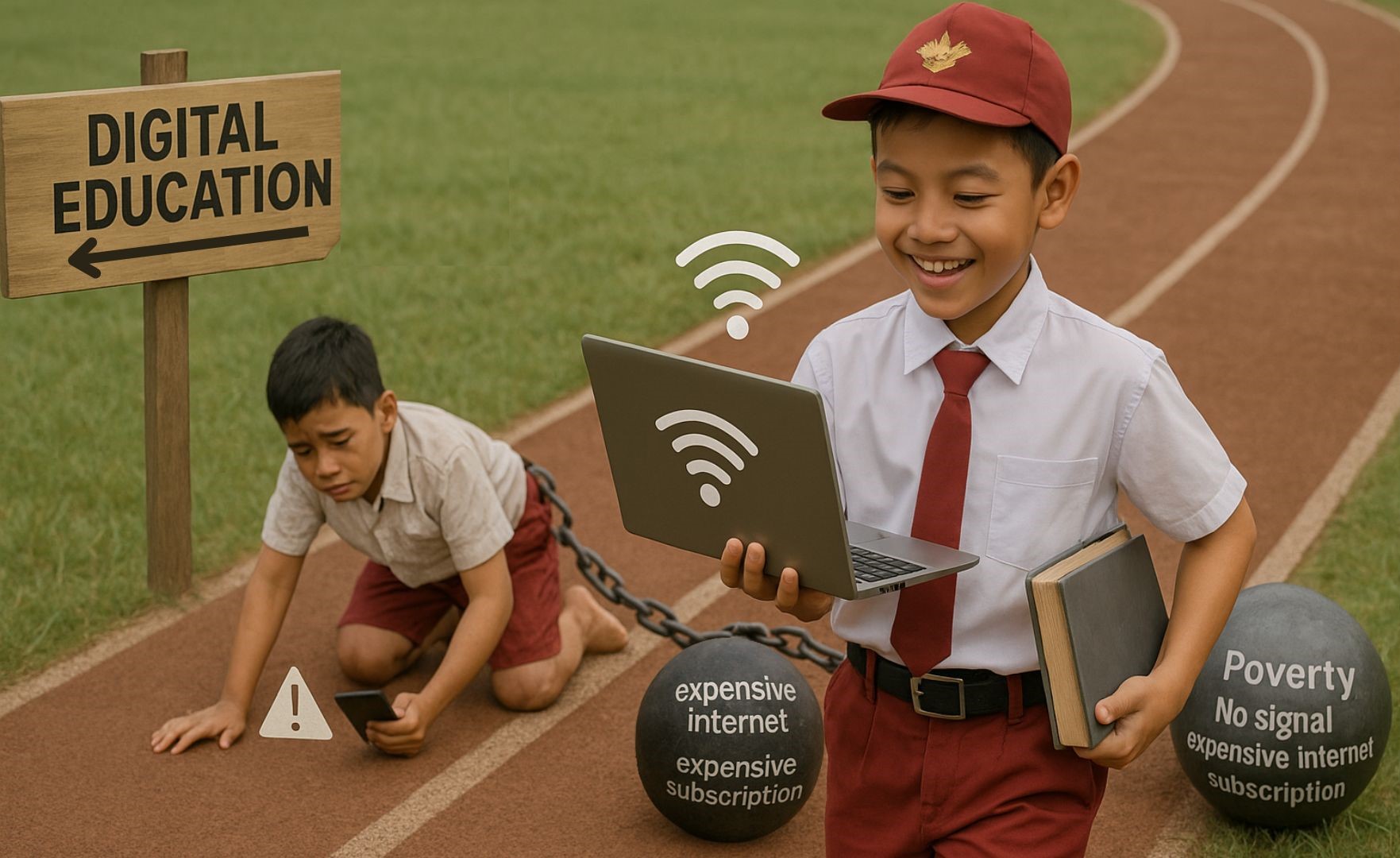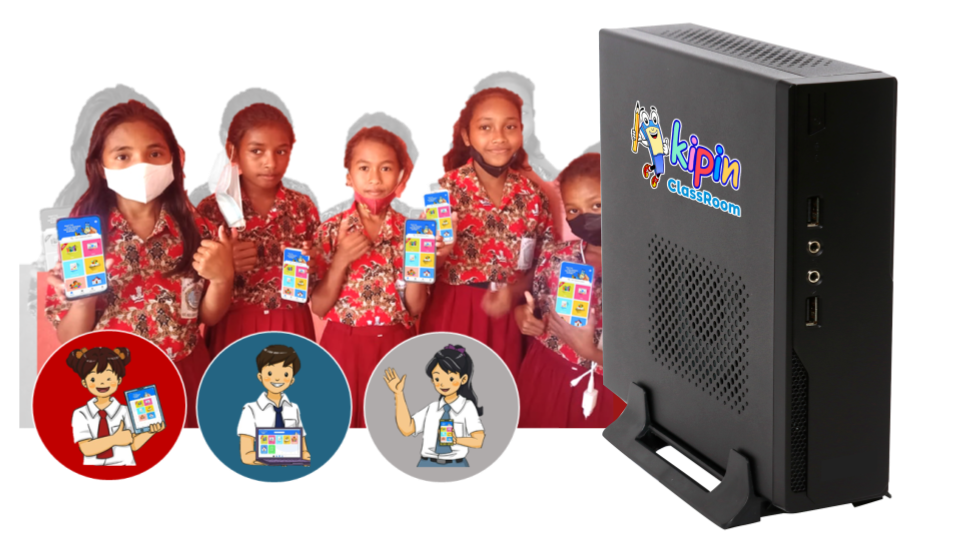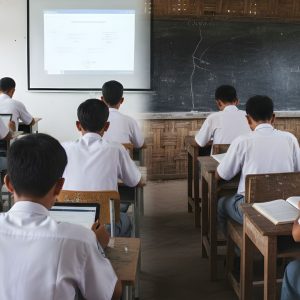
In the journey of digitalizing education across the world’s largest archipelago, selecting the right educational technology (EdTech) platform is a challenge shaped not just by infrastructure, but also by how people perceive and use technology. In this context, the Technology Acceptance Model (TAM) becomes a powerful lens to evaluate which solutions are most likely to succeed. KIPIN (Kios Pintar)—a local Indonesian EdTech platform—has emerged as a standout example. With its innovative KIPIN Classroom and eduSPOT technology, it has successfully met the needs of over 3,000 schools, especially in rural and 3T (frontier, outermost, and disadvantaged) regions. Let’s examine KIPIN through the TAM framework:
1. Perceived Usefulness: Solving Real Problems Without Internet
One of the biggest hurdles for schools in remote areas is lack of internet access. While many global EdTech platforms rely heavily on online connectivity, KIPIN offers a hybrid offline solution. KIPIN Classroom, equipped with eduSPOT technology, enables students to access learning materials—books, videos, quizzes, and comics—without needing internet.
This alone sets KIPIN apart in terms of perceived usefulness. It addresses a critical pain point for schools in rural Indonesia and proves its value where it’s needed most. The impact is not theoretical—thousands of schools across the nation are already using KIPIN every day to support teaching and learning, regardless of their internet situation.
2. Perceived Ease of Use: Designed for Teachers and Young Learners
Ease of use is another vital factor in technology adoption, especially in K–12 education. KIPIN’s user interface is intentionally designed to be simple, colorful, and intuitive, with large icons and minimal text—perfectly suited for elementary students and teachers.
Today, more than 2 million young students use KIPIN on their mobile devices daily. Teachers also find it easy to navigate, thanks to the Indonesian language interface and the ready-to-use educational content that requires no manual uploading.
Unlike many LMS platforms that are complex, text-heavy, and often available only in English, KIPIN removes those barriers. It enables schools to use technology without additional training or content preparation.
3. Attitude Toward Using: Positive and Fear-Free Adoption
Attitudes toward using EdTech are shaped by experience and confidence. In a recent study conducted in collaboration with Kominfo, over 100 teachers were surveyed—and their responses clearly showed a positive attitude toward KIPIN.
Why? Because there’s no intimidation in using the app. Teachers and students don’t feel overwhelmed or confused. The interface is in Bahasa Indonesia, the materials are curriculum-aligned, and everything works out of the box. In contrast, many foreign LMS platforms require content uploads, complex dashboards, and English-language menus—making adoption slow and difficult. 
4. Actual System Use: Seamless Implementation in Real Classrooms
The ultimate test of any technology is its actual use in the field. With KIPIN, schools report that teachers and students can begin using it immediately after installation—no need for internet, no special setup, and no additional infrastructure.
KIPIN’s independence from external dependencies—such as cloud systems, internet bandwidth, or subscription models—makes it one of the most practical solutions for Indonesia’s diverse educational landscape. It brings real impact without imposing additional burdens on schools.
A Smart Fit for Indonesia’s Archipelagic Reality
This analysis based on the Technology Acceptance Model reveals that KIPIN is not just functional—it is right-sized for Indonesia. It is tailored for local needs: content-rich, internet-free, easy to use, and cost-saving (reducing the need for printed books and internet data).
No wonder it has become a favorite among teachers and students across the nation. The daily usage statistics confirm that this is not a theoretical model—it is a real, effective tool for improving daily teaching and learning activities (KBM).
KIPIN’s success is proof that educational technology must be grounded in reality, simplicity, and accessibility—especially for a country as geographically and infrastructurally diverse as Indonesia.
In terms of Perceived Usefulness, Ease of Use, Attitude, and Actual Use, KIPIN passes every TAM metric with flying colors. It is a homegrown solution that is smart, scalable, and sustainable—and deserves attention as a national model for equitable, effective digital learning.
Contact us
Web : kipin.id
Email : info@kipin.id
WA Chat : wa.me/6281233601047



